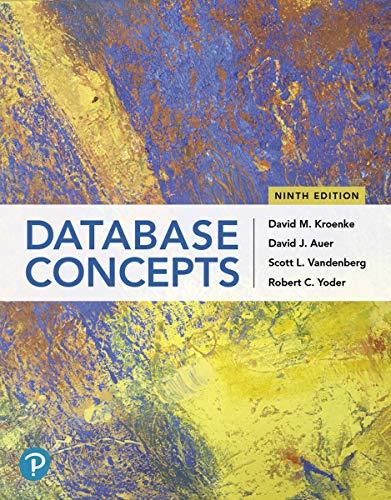
Question 3: (20 points) Attached is the BNF basis of Example 3.6 in the book that requires (1) expression's data type will be int only when both operands are int, and (2) the data types on both sides of the assignment operator "=" must be the same. Now change/add/remove the semantic rules/predicates (i.e., you are not going to change the Syntax rules) so that 1) If there is only one operand on the right side of the assignment, i.e., syntax rule #3, then a. either both sides have same data type, or b. left side is real and right side is int 2) If there are two operands on the right side of the assignment, i.e., syntax rule #2, then a. Data types of the two operands must be the same, and b. (either both sides have same data type) or (left side is real and both operands on right side are int) In other words, the following are legal: int=int+int; real=real+real; or real=int+int; But "int=real+real" is illegal. 1. Syntax rule:
= Semantic rule: .expected_type + .actual_type 12. Syntax rule: [2] + svar>[3] Semantic rule: .actual_type if (svar>[2].actual_type = int) and ([3].actual_type = int) then int else real end if Predicate: .actual_type == .expected_type 3. Syntax rule: Semantic rule: .actual_type .actual_type Predicate: .actual_type == .expected_type 4. Syntax rule: svar> + A B C Semantic rule: .actual_typelook-up ( string) Question 3: (20 points) Attached is the BNF basis of Example 3.6 in the book that requires (1) expression's data type will be int only when both operands are int, and (2) the data types on both sides of the assignment operator "=" must be the same. Now change/add/remove the semantic rules/predicates (i.e., you are not going to change the Syntax rules) so that 1) If there is only one operand on the right side of the assignment, i.e., syntax rule #3, then a. either both sides have same data type, or b. left side is real and right side is int 2) If there are two operands on the right side of the assignment, i.e., syntax rule #2, then a. Data types of the two operands must be the same, and b. (either both sides have same data type) or (left side is real and both operands on right side are int) In other words, the following are legal: int=int+int; real=real+real; or real=int+int; But "int=real+real" is illegal. 1. Syntax rule: = Semantic rule: .expected_type + .actual_type 12. Syntax rule: [2] + svar>[3] Semantic rule: .actual_type if (svar>[2].actual_type = int) and ([3].actual_type = int) then int else real end if Predicate: .actual_type == .expected_type 3. Syntax rule: Semantic rule: .actual_type .actual_type Predicate: .actual_type == .expected_type 4. Syntax rule: svar> + A B C Semantic rule: .actual_typelook-up ( string)







